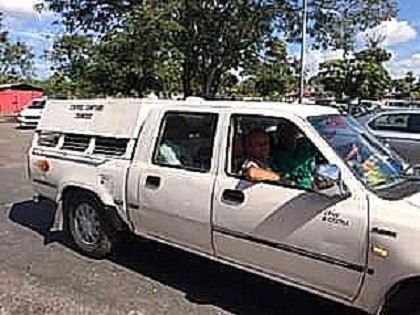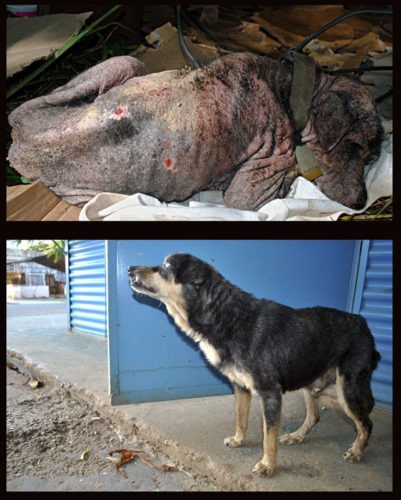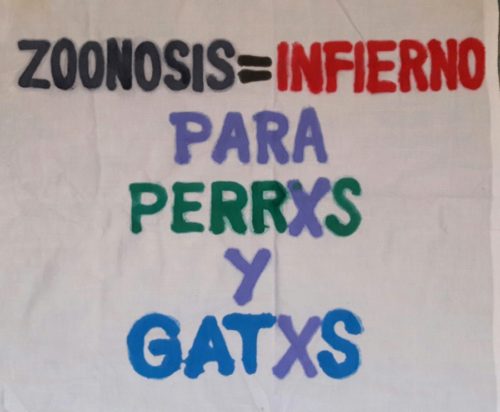Havana’s Death Wagon Known as “Zoonosis”
By Irina Echarry

HAVANA TIMES – The Zoonosis and Communicable Diseases Department at Cuba’s Public Health Ministry (MINSAP) carries out useful work, even though its reputation doesn’t follow suit. It deals with zoonotic infections that are harmful to humans, and so their work is very much needed. Then, what’s the problem? Why is it hated so much?
There are many Zoonosis employees and they do different things, but the ones who take to the street to capture stray animals, without tools or conditions a lot of the time (and a whole lot of cynicism) are the most well-known; they are the face of this department. An ugly face, by the way.
When a Zoonosis car pulls up somewhere, it doesn’t matter whether an animal has a home and has just gone out to pee. It doesn’t matter whether they are healthy or sick, or whether somebody asks them not to take the animal, because neighbors feed and take care of it… Once, these workers have seen a cat or a dog in the area they need “to clean”, nothing can change their mind.
Then, you hear cries of fear and pain because they are handled in a brusque way. You never know whether it’s because the workers are afraid of being bitten or whether they do it out of pure pleasure; then the animals are thrown inside the car, brusquely yet again.

However, their anguish doesn’t end there. Once animals are taken to the Canine Observation Center, they won’t have an easy time either, as they are left in overcrowded conditions for 48-72 hours. Can you imagine being locked up in a limited space with other people who are thirsty, hungry, afraid, sick or violent, etc., like you?
And then, they are killed with strychnine after a set period of time. Yep, because Zoonosis doesn’t meet the basic requirements of giving animals a dignified death, they don’t take their suffering into account and do nothing to lessen their pain.
Globally, strychnine is considered an unacceptable form of animal euthanasia because it is believed to be inhumane, as the animal remains conscious while suffering painful muscle contractions and violent convulsions that this medicine produces, until they die of strangulation.
Terrible, right? Yet, it just so happens that despite so much suffering, it doesn’t work. The framework designed by the State to “resolve” a pressing, excessive problem, such as the number of stray animals on the country’s streets, is too much for the institution we know as Zoonosis. Even so, they insist on following the same procedure and the car of death has gone out to “clean” the city several times a week, even during this time of a fuel crisis.
Yesterday, they were at Jose Marti Airport; today, they are in Old Havana; tomorrow, they will be somewhere else. Word has it that their intensified operations are due to Havana’s 500th anniversary and the visit of the Spanish monarchs. However, the reason isn’t important because it isn’t a one-time thing. It’s protocol, that has become routine, that hurts the population’s sensitivity.
Capturing the animals is an awful act and it takes place in the middle of the street, teaching our children abuse and indifference to other living beings. Death is a painful act that many people ignore, and few people are really interested in.

We have to demand a change in protocol, we can do it because Zoonosis, like every state institution, runs on our money, and we already know that it isn’t always being invested properly. The alternative should be sterilizing and treating animals, looking for responsible adoption families, raising awareness.
Civil society is displaying signs of good work, love and tenacity. The State needs to listen to animal protection groups and to independent protectors that have popped up all over the country.
If these rescue workers and protectors are able to achieve surprising results, without hardly any resources nor an Animal Protection Act, what would happen if Zoonosis were an ally and not a center of death and torture? Our money should be used to save these animals, not to kill them.





